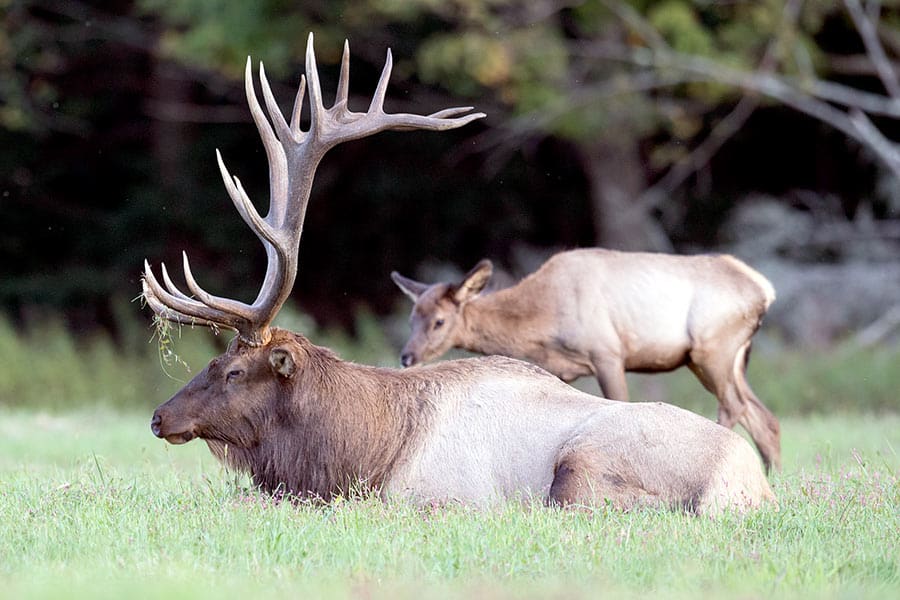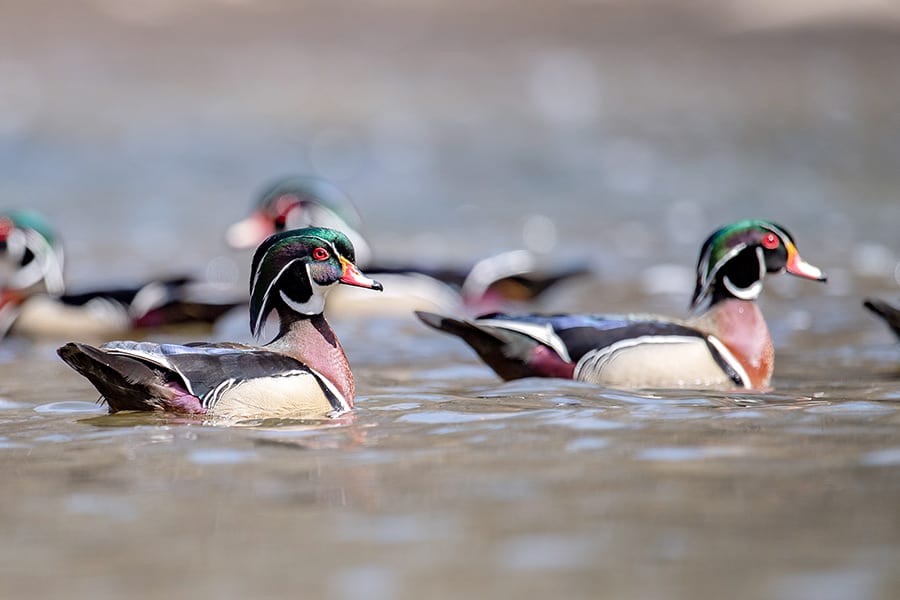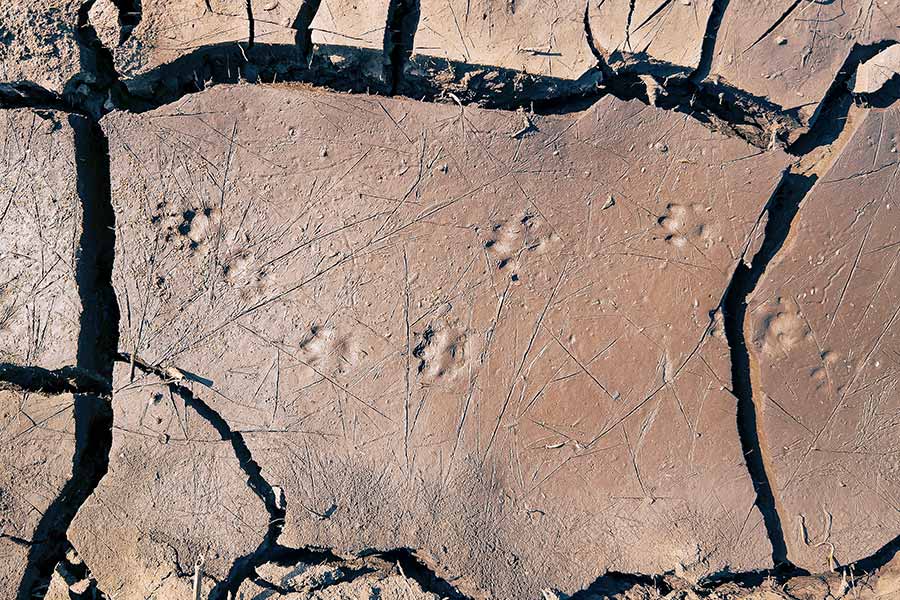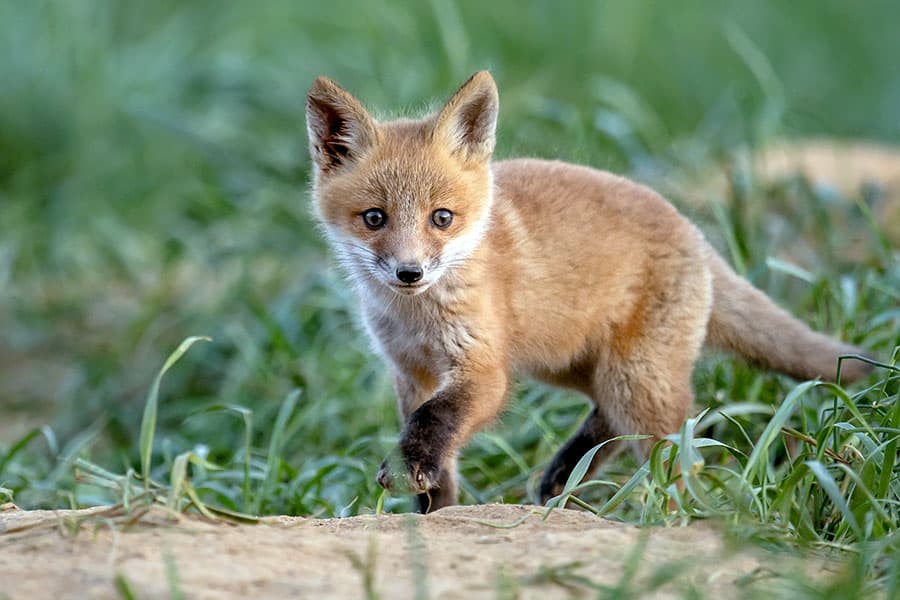
Going on a camping trip is an excellent escape from the fast pace and stress of everyday life, allowing you to enjoy the beauty of nature. An exciting part of this outdoor adventure is observing and appreciating the wildlife in its natural habitat.
However, many campers may find locating and seeing these animals challenging. Therefore, we have compiled some tips in this post to help you identify, watch, and enjoy the animals while camping.
The Thrill of Wildlife Sightings
The joy of encountering wildlife in its natural habitat is an unforgettable experience. Observing animals in their element, going about their daily lives, and interacting with their environment, is a rare opportunity to connect with the natural world in a deeply meaningful way.
The awe and wonder of witnessing a majestic animal like a bear, eagle, or elk up close are indescribable and can leave a lasting impression on those fortunate enough to experience it firsthand.
1. Learn About the Animals in the Area
To make the most out of your camping experience, it’s essential to conduct thorough research on the wildlife that inhabits the region where you plan to set up camp. This way, you will familiarize yourself with the animals you may encounter and know what to anticipate. Moreover, you will be aware of any dangerous animals in the area and learn how to evade them.
2. Be Respectful of Wildlife
When you’re out camping, remember that you’re visiting the habitat of the animals. It’s crucial to show respect for their home and avoid disrupting them. Ensure you maintain a safe distance and avoid attempting to feed or touch them. Another thing to remember is to avoid leaving any food or refuse lying around that might attract animals to your camping spot.
3. Look for Animal-friendly Habitats
Various animal species have different preferences when it comes to habitats. Birds, for instance, can often be seen close to bodies of water, while deer tend to inhabit meadows or open fields. Therefore, knowing what habitat the wildlife you are looking for likes can be helpful when seeking animals to observe.

4. Use Binoculars
Binoculars or a spotting scope can be a great way to spot wildlife from a safe distance. They can also help you get a better look at animals that are far away. For example, it allows you to see birds’ distinguishing features to identify better which one it is.
5. Be Mindful of the Weather
Weather changes can influence the behavior of wildlife. For example, when temperatures drop or rise dramatically, many animals alter their activity patterns to conserve energy or seek cooler environments.
Additionally, rainfall can impact the availability of food sources and water. Therefore, studying the local climate and its effects on the natural environment can help you predict when and where you’re most likely to spot different types of wildlife and adjust your plans accordingly.
6. Use Field Guides
Bringing along field guides or books for identifying wildlife can come in handy when spotting animals. These resources contain indispensable information about various species’ traits, demeanor, and practices.
7. Be Patient
Exercising patience while looking is essential, as it may take some time. Scan your surroundings and silently wait for them to come out. Never rush or create loud noises, as it might cause animals to flee your vicinity.

8. Choose the Right Time of Day
Wildlife tends to be more active during specific times of the day. For instance, many animals are more active during dawn and dusk. Pay attention to these natural patterns and time your observations accordingly to increase your chances of seeing them in their active state.
Other Posts of Interest
- Should Campfire Wood Be Seasoned?
- What Is The Best Wood To Burn In A Campfire? And Why
- 19 Natural Fire Starters – Get Your Fire Going Easily
- 9 Benefits Of Using A Portable Fire Pit For Camping
9. Take a Guided Tour
For those who would prefer a more organized method of spotting wildlife, consider taking a guided tour with a local expert. It is an excellent way to locate wildlife with the help of professionals who could also provide insights into the patterns, behavior, and routines of the animals in that region. In addition, many state and federal parks have rangers who conduct programs about flora and fauna in their particular area.

10. Check for Animal Tracks
Observing animal tracks in dirt or mud can help you identify the species that have roamed in the vicinity and discern the direction these animals are heading. In addition, you can purchase a field guide that will help you to identify tracks.
11. Use Technology
Numerous apps that aid in spotting wildlife are available and can help you identify animals while in the wild. These applications use technology to distinguish and categorize animals using photos or videos as a reference.
12. Keep a Wildlife Journal
Keep track of any animals you spot during your excursion. Jot down the time of day, whereabouts, and note any interesting behaviors you witness. By doing so, you can keep a log of your findings and have a lasting souvenir of your experience and give you something to talk about while sitting around the campfire.
13. Use Camouflage
To avoid frightening wildlife, it’s best to wear apparel that has neutral or earth-toned colors that blend in with your surroundings. Bright hues or patterns that might draw unnecessary attention should be avoided.
14. Listen for Sounds
Many animals emit sounds that can assist you in detecting their whereabouts. Take note of bird calls, rustling leaves, or any other auditory cues that could suggest the presence of wildlife in the vicinity.

15. Watch for Movement
Stay vigilant for any movement in the foliage, whether in the trees, bushes, or grass. These movements are potential indications of wildlife activity, so use your eyes and ears to catch any sign of their presence.
16. Learn Animal Calls
Imitating animal calls can draw certain animals near you. For instance, reproducing owl calls might result in their acknowledgment of your presence. However, use caution when calling animals, as it can likewise attract predators.
17. Be Aware of Your Surroundings
Exercise situational awareness. Natural features can be used to conceal your presence while on the lookout for wildlife. For example, use trees or boulders to hide behind, or stay still and blend in with the surroundings if in an area with dense vegetation. Doing this can help avoid detection and increase the chances of observing wildlife in their natural habitats.
18. Be Mindful of the Wind Direction
The direction of the wind can also carry your scent and act as a warning to animals that you are nearby. Therefore, it is important to be aware of the wind’s direction and attempt to position yourself so your scent is blowing away from the animals you are observing. Also, avoid wearing heavy fragrances and cologne.
19. Practice Responsible Photography
If you plan on photographing wildlife, use a telephoto lens, enabling you to take pictures without approaching too near. Never disrupt or distress animals to capture photographs.
Wildlife Thrills
In conclusion, spotting wildlife can be an exciting and rewarding experience, but it also requires patience, attentiveness, and respect for the animals and their habitats. Following the tips outlined in this post can increase your chances of spotting wildlife on your next camping trip.
Remember always to research the area you’ll be camping in, keep a safe distance from wildlife, and never feed or interfere with them in any way. Take these precautions, and you’ll be well on your way to a memorable viewing experience.






